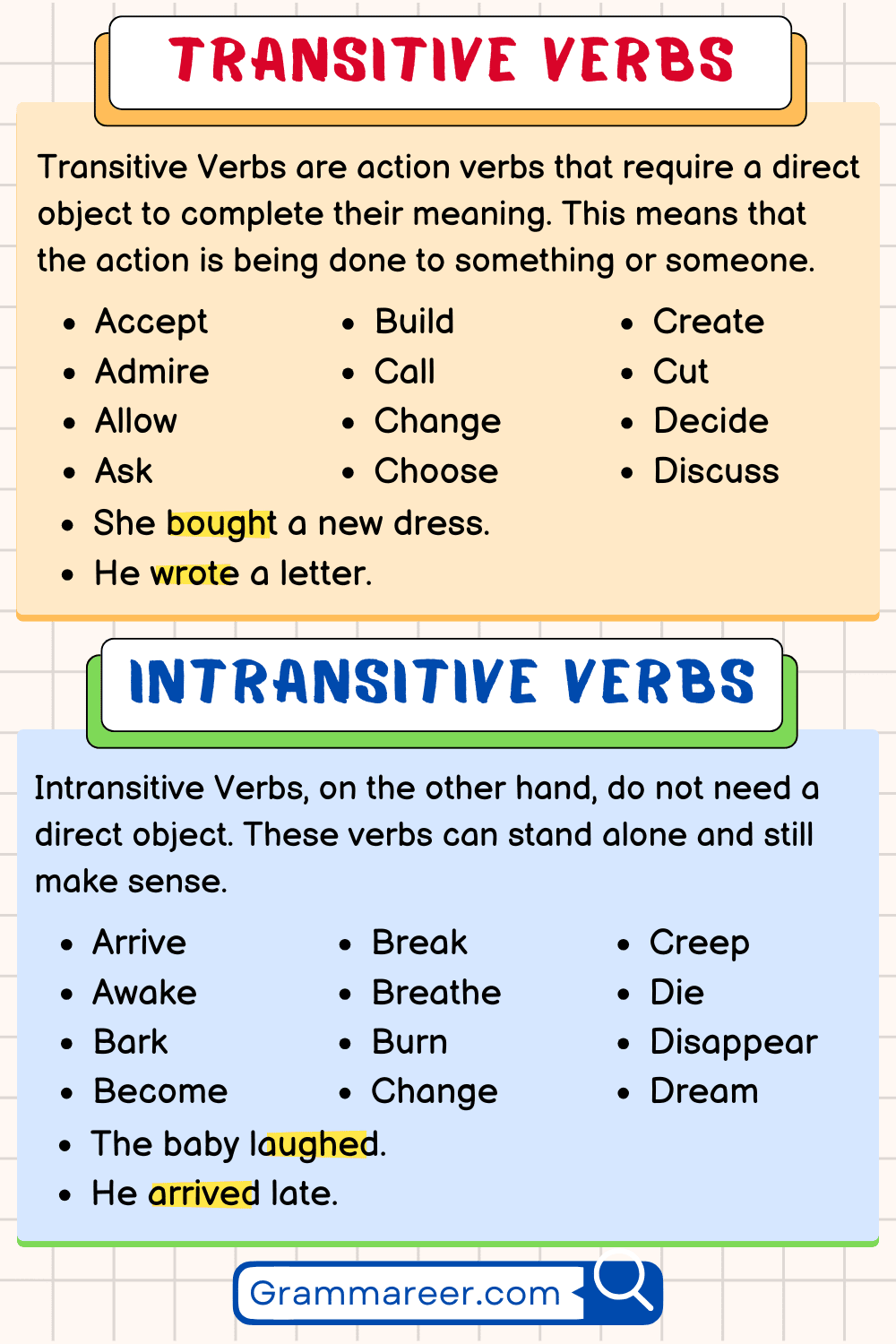When it comes to understanding the different kinds of verbs in the English language, one may come across various types such as transitive and intransitive verbs. Transitive verbs require a direct object to complete their meaning, while intransitive verbs do not. One common question that arises is whether the verb ‘need’ falls under the category of transitive or intransitive verbs.
As we delve deeper into the concept of transitive and intransitive verbs, it is essential to note that transitive verbs are action verbs that require a direct object to make sense. In contrast, intransitive verbs do not require a direct object to complete their meaning. The distinction between these two types of verbs plays a crucial role in understanding the grammatical structure of sentences.
Is ‘Need’ a Transitive Verb?
Now, let’s address the question at hand – is ‘need’ a transitive verb? The answer is not as straightforward as one might think. In some cases, ‘need’ can function as a transitive verb when followed by a direct object that receives the action of needing. For example, “I need a new laptop” showcases ‘need’ as a transitive verb with ‘a new laptop’ serving as the direct object.
On the other hand, ‘need’ can also be used as an intransitive verb when it does not require a direct object to complete its meaning. For instance, “She needs to rest” demonstrates ‘need’ as an intransitive verb, as ‘to rest’ does not act as a direct object but rather as a complement to the verb.
In conclusion, while ‘need’ can function as both a transitive and intransitive verb depending on the context in which it is used, it is important to consider the presence of a direct object to determine its classification. Understanding the nuances of transitive and intransitive verbs can greatly enhance one’s grasp of English grammar and sentence structure.
So, the next time you come across the verb ‘need’ in a sentence, pay close attention to its usage and whether it requires a direct object to complete its meaning. This will not only improve your understanding of transitive and intransitive verbs but also enhance your overall proficiency in the English language.
